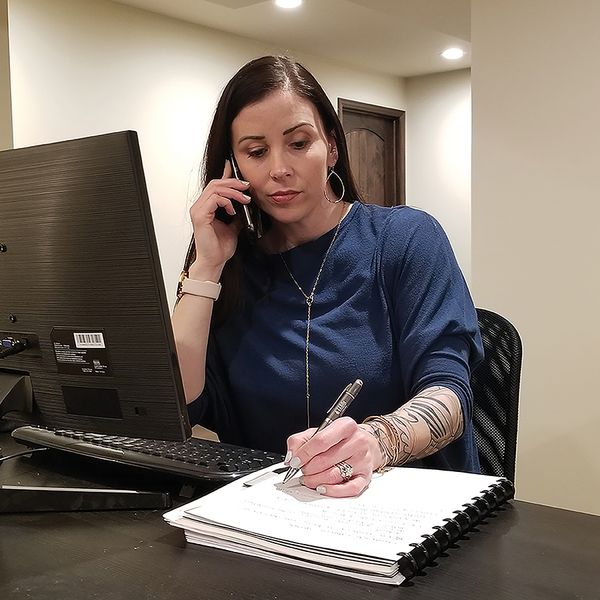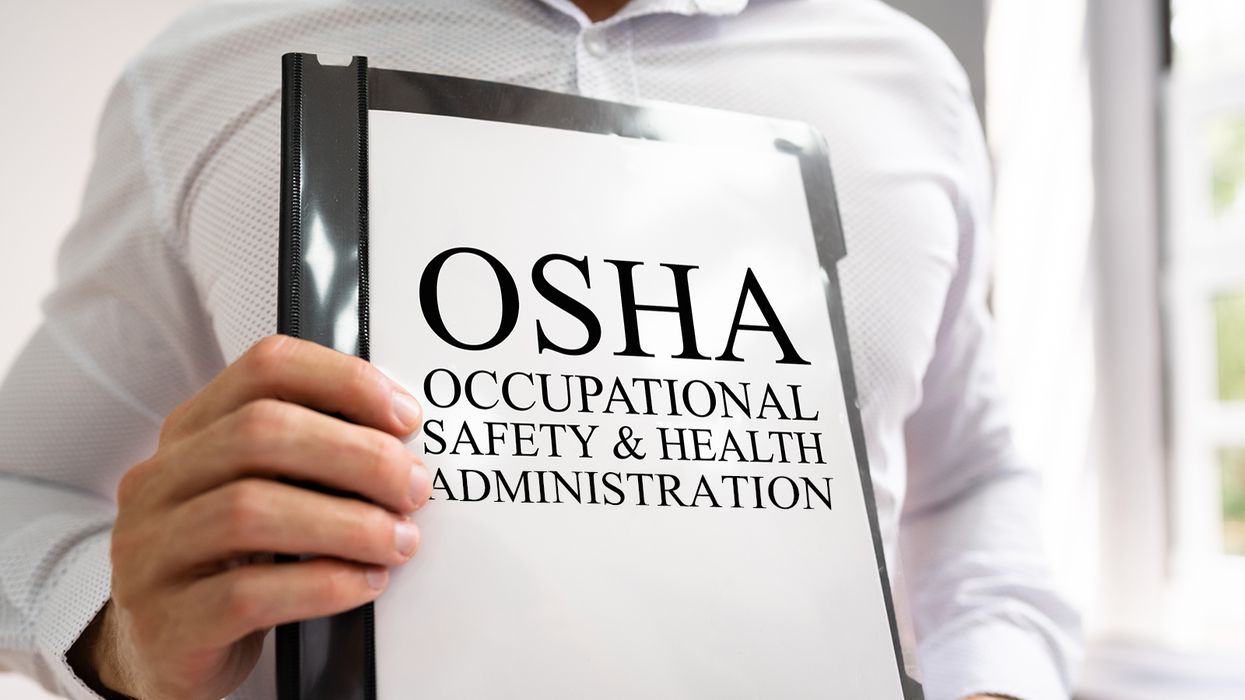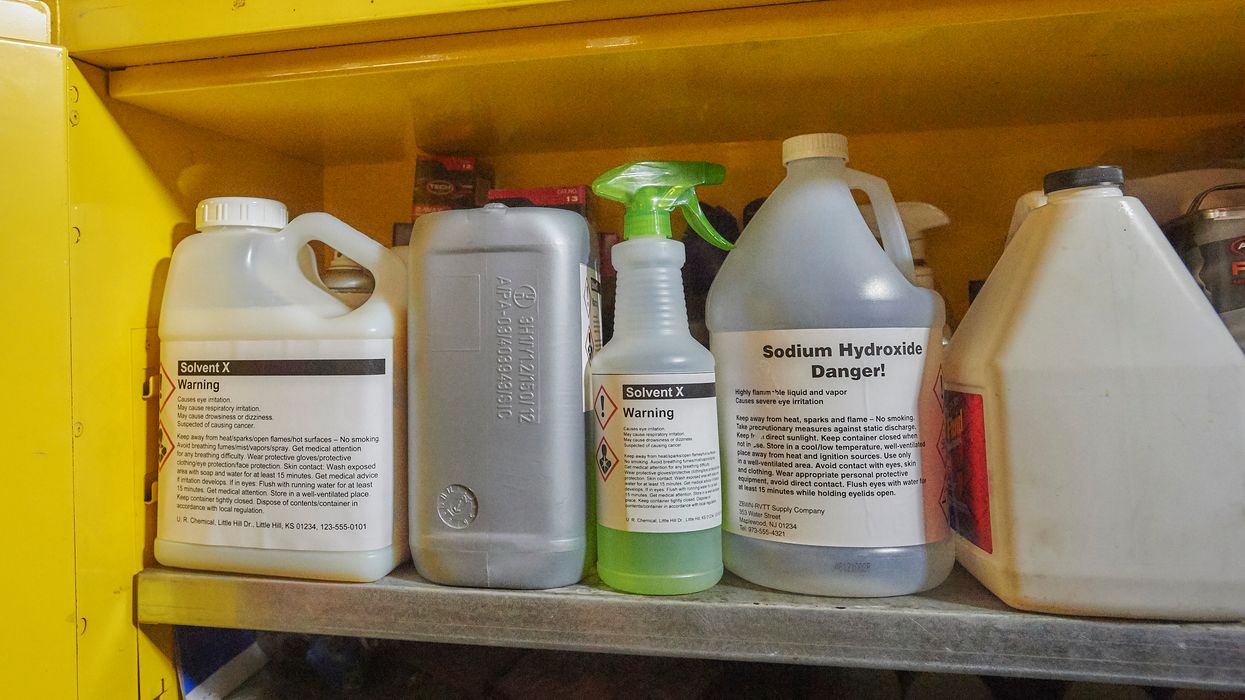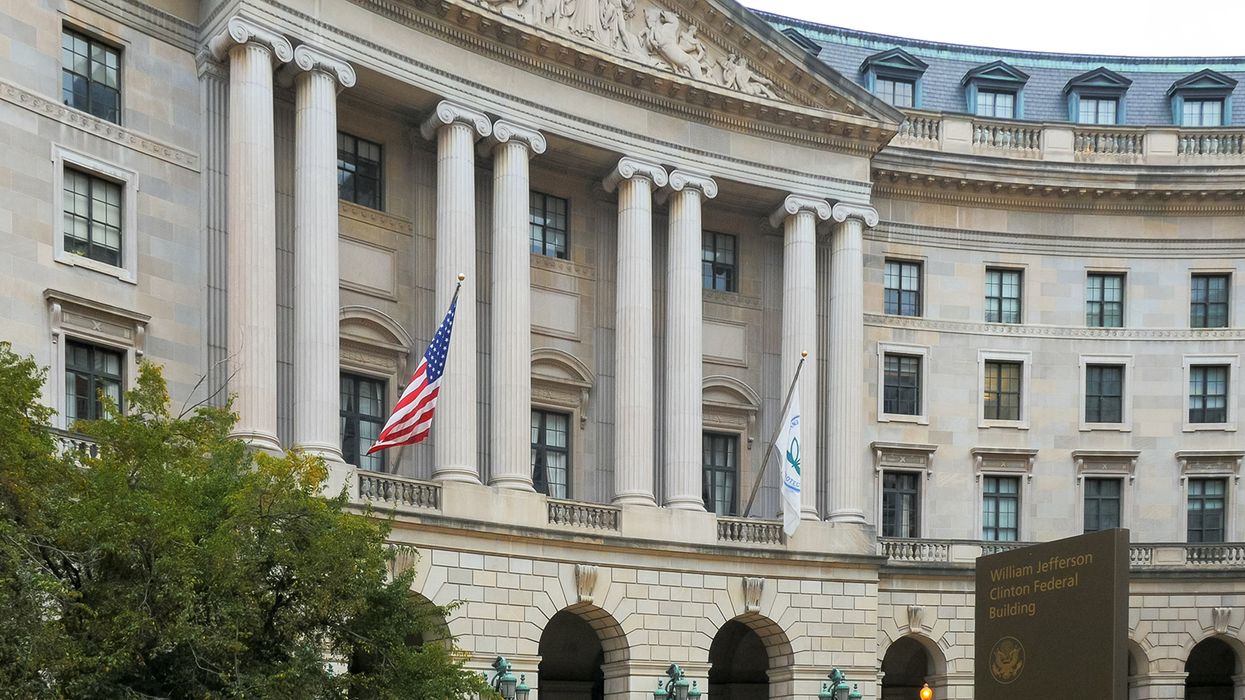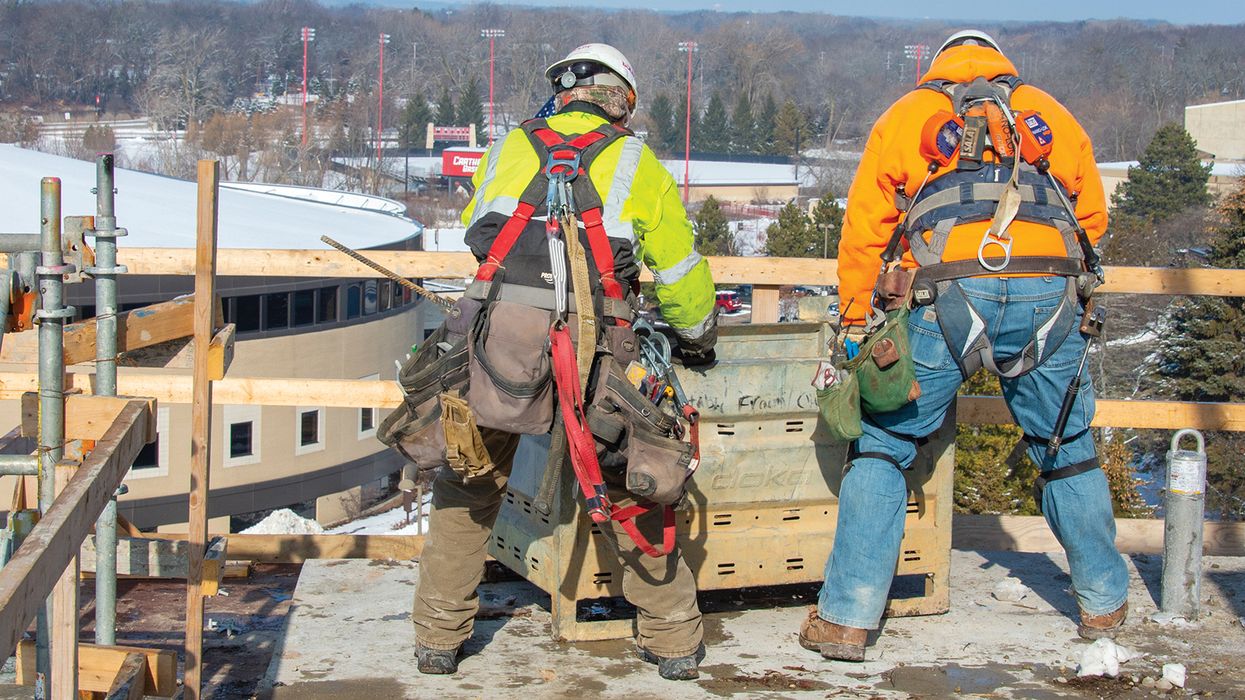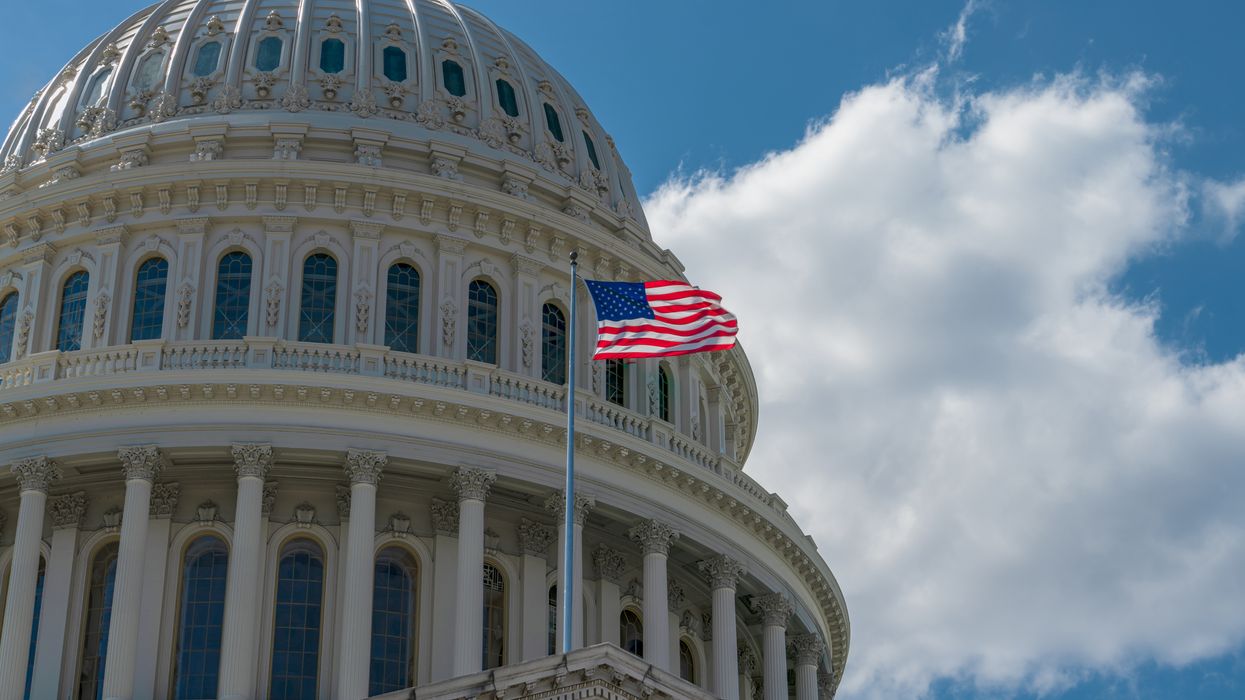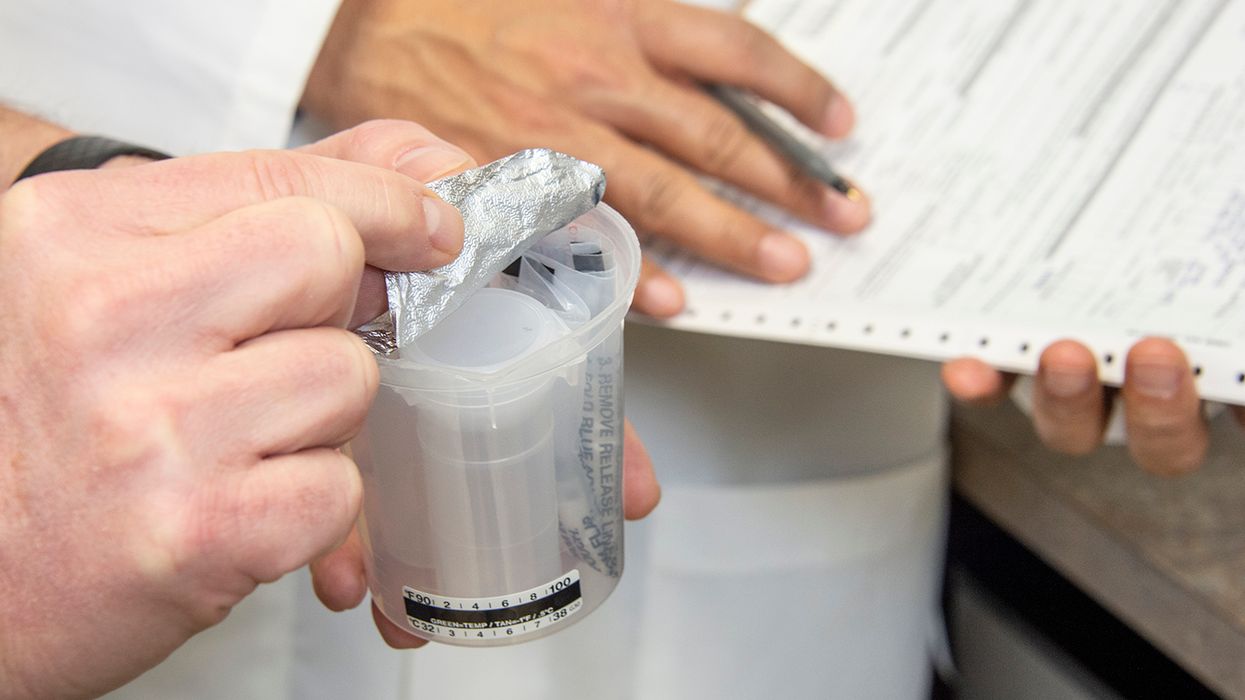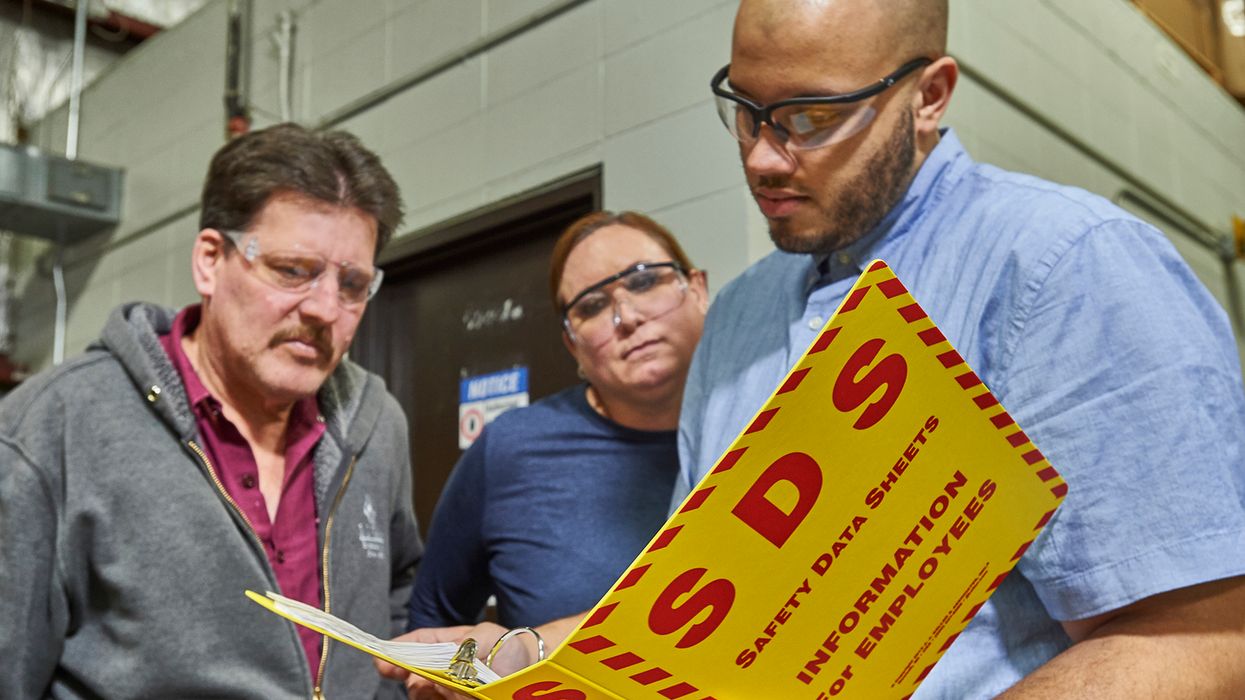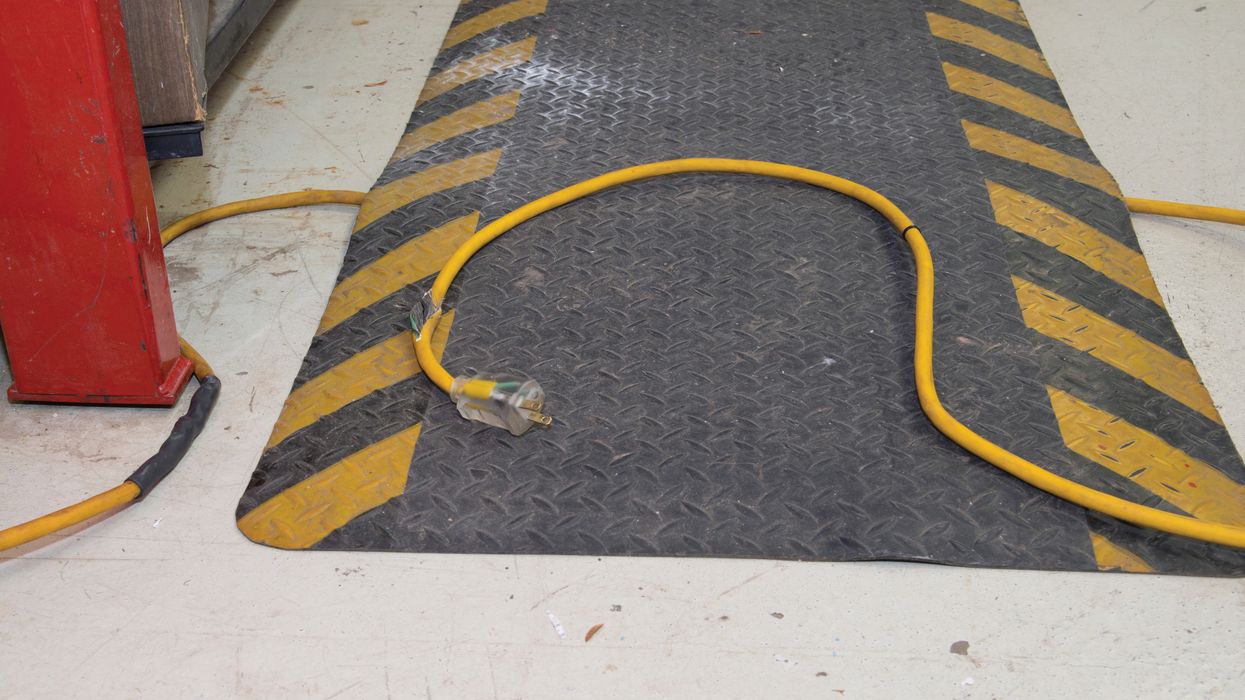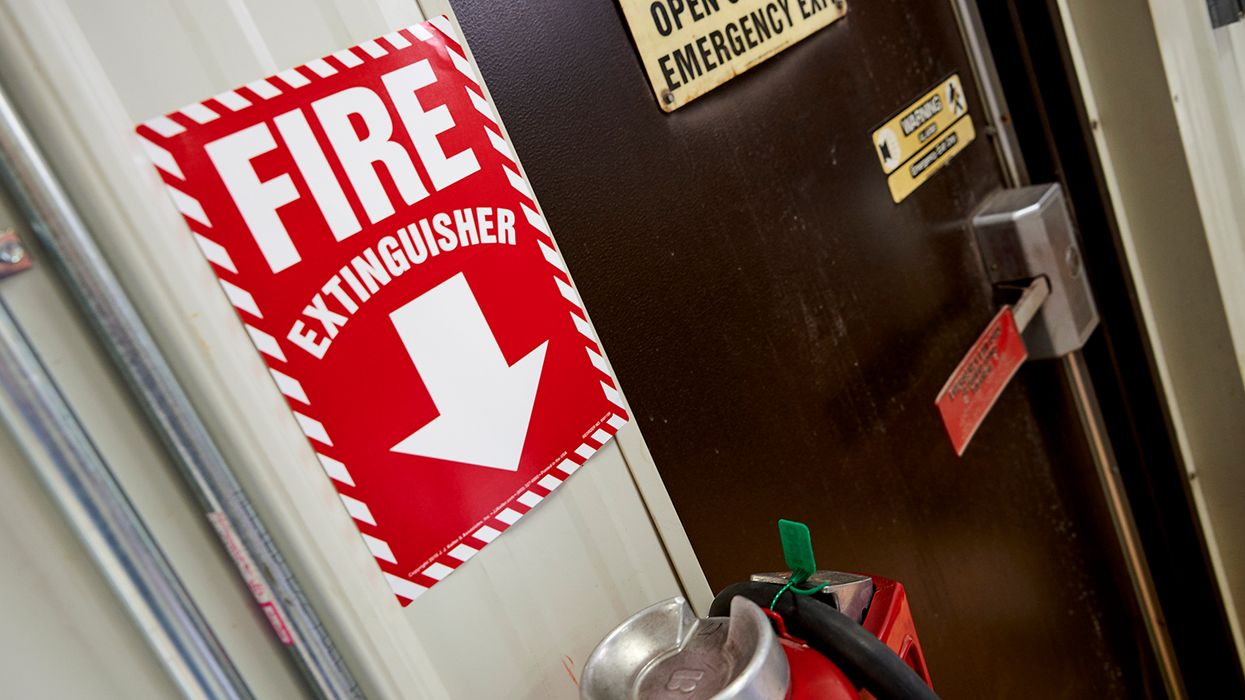What FMLA employee leave notice can look like
To take leave under the federal Family and Medical Leave Act (FMLA), employees must give employers notice of the need for leave. This notice can take on many forms. Employers are, however, responsible for recognizing such notices.
The first time employees request leave for an FMLA reason, they don’t have to mention the FMLA, expressly assert their FMLA rights, or apply for FMLA leave. Employees do, however, have to provide enough information for employers to know that the leave might be covered by the FMLA.
For example, Laura's spouse, who has previously been healthy, develops a serious health condition. Laura tells her employer that she needs leave to care for her spouse, who has been hospitalized overnight, and that she anticipates being out for the rest of the week. This is enough information for the employer to know that Laura’s leave might be covered by the FMLA. If Laura had said only that her spouse was "sick” — without any other details — she might not have given enough information for the employer to recognize that the leave request might be covered under the FMLA.
At this point, employers might not know for sure if the leave will be protected by the FMLA, but they should begin meeting their FMLA obligations.
Follow-up requests
When employees have approval to use FMLA leave for a qualifying reason, they may continue to use FMLA leave for that reason at different times during the same leave year. In such cases, the employee is expected to specifically reference the:
• Qualifying reason for leave, or
• Need for FMLA leave.
This should help make certain the employer knows that the FMLA's protections apply.
Established procedures for requesting leave
To request FMLA leave, employees should follow the employer's usual and customary workplace procedures for requesting leave, unless they are unable to because of unusual circumstances.
If, for example, an employer's policy and practice requires employees to make all leave requests in writing to their department supervisor. When Kathleen wishes to take a personal day, she requests it in writing to the department supervisor. When Jim needs FMLA leave for an appointment for his father’s serious health condition, he also requests it in writing to the department supervisor. However, when McKenzie is rushed to the hospital, she is unable to notify the department supervisor and request leave in writing. McKenzie's spouse contacts McKenzie's workplace by phone to explain that McKenzie needs leave from work because of a medical emergency. This is acceptable, given the circumstances.
Timing of notice
Employees must give notice in time. If leave is foreseeable, they should give 30 days’ notice. If 30 days’ notice isn’t reasonable, they should give notice as soon as practicable.
For unforeseeable leave, employees are expected to give notice as soon as possible, given the facts of the situation.
Key to remember: Employees have to give employers enough information to put them on notice of the need for leave, but don’t have to ask or apply for “FMLA” leave.





